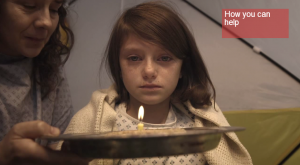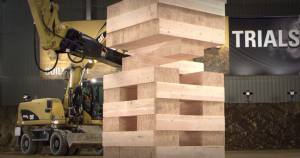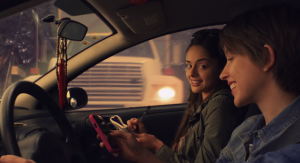Whats up everyone, I wanted to talk to you this week about a video we just completed and walk you through the processes and learning experiences we had while working on it. Flimp Media approached us to shoot a unique video for this startup Xpandu. Xpandu puts a pretty fantastic spin on crowdsourcing, using ideas as the foundation and karma points as the reward. People helping others to complete amazing new projects, this was definitely something Yup Video wanted to be apart of.


